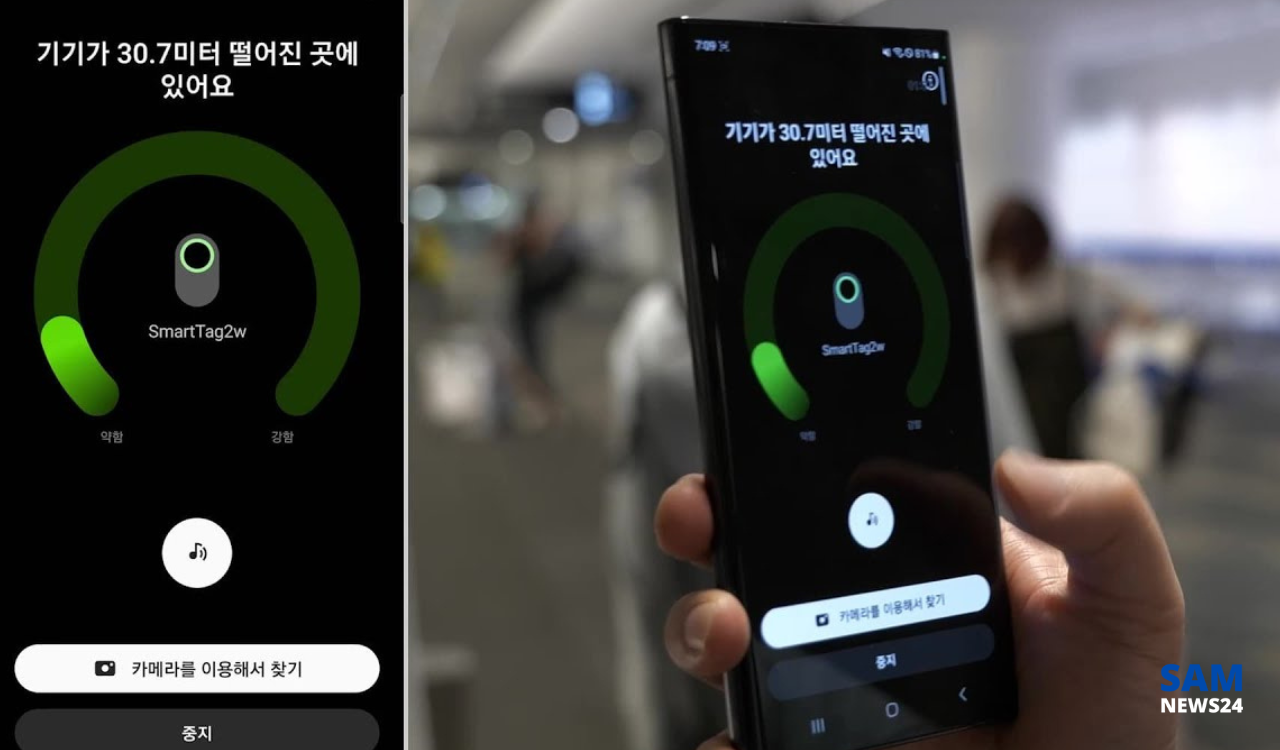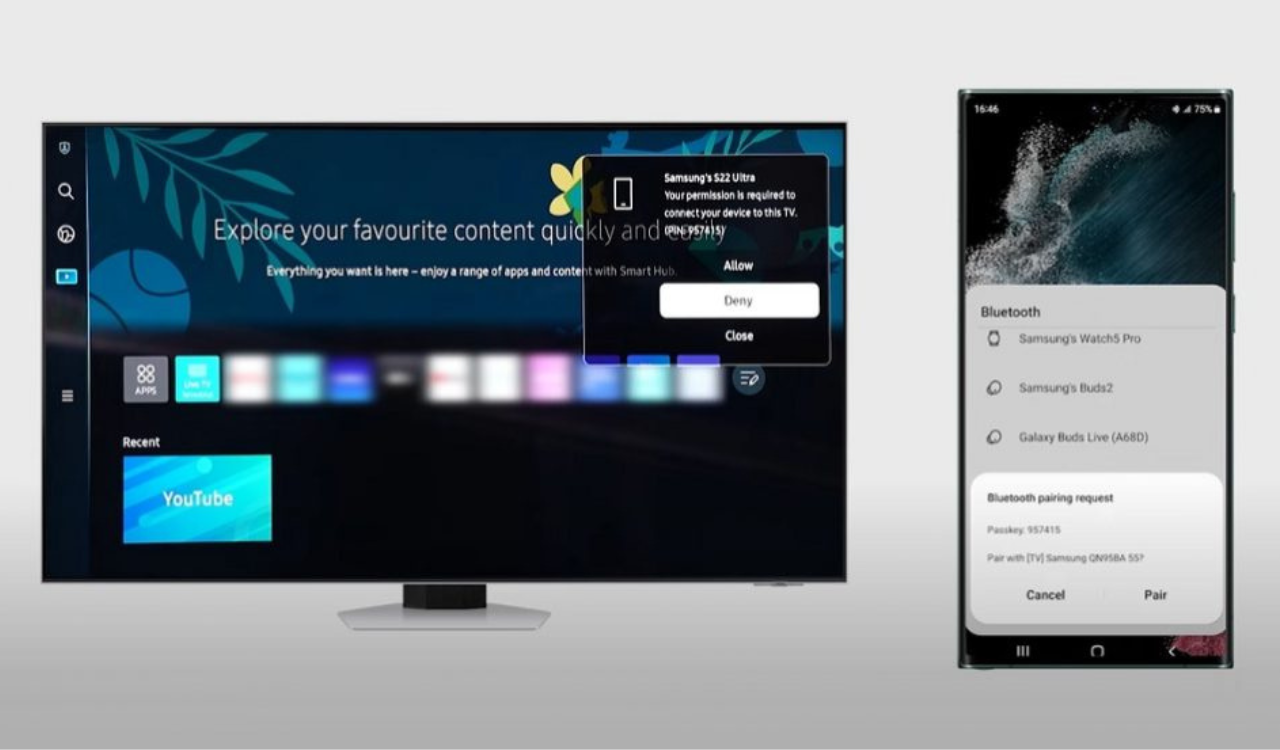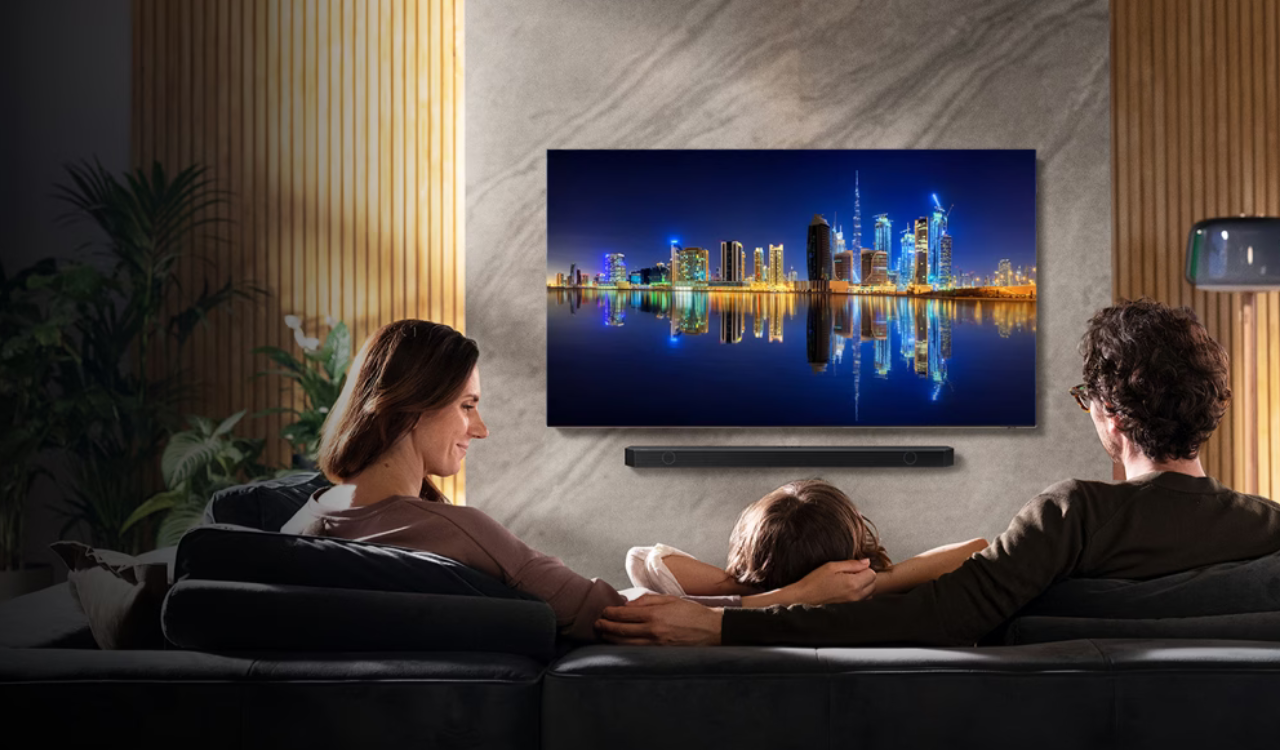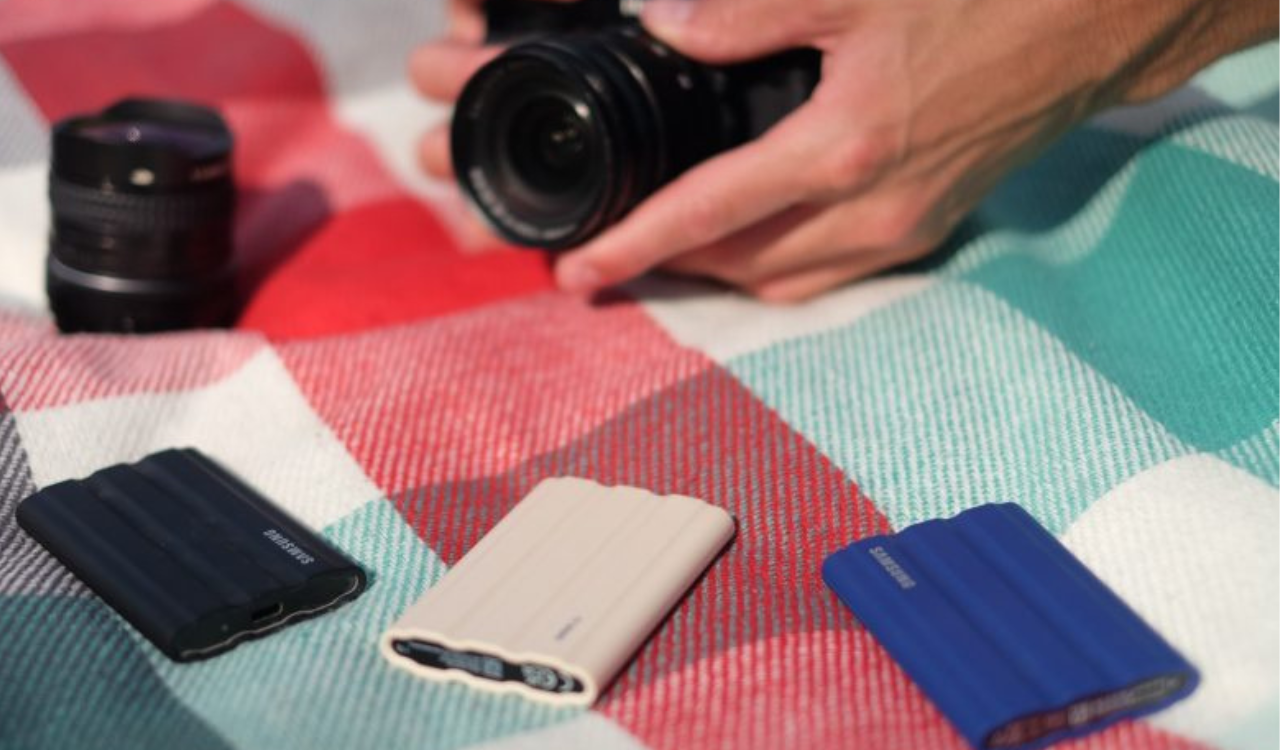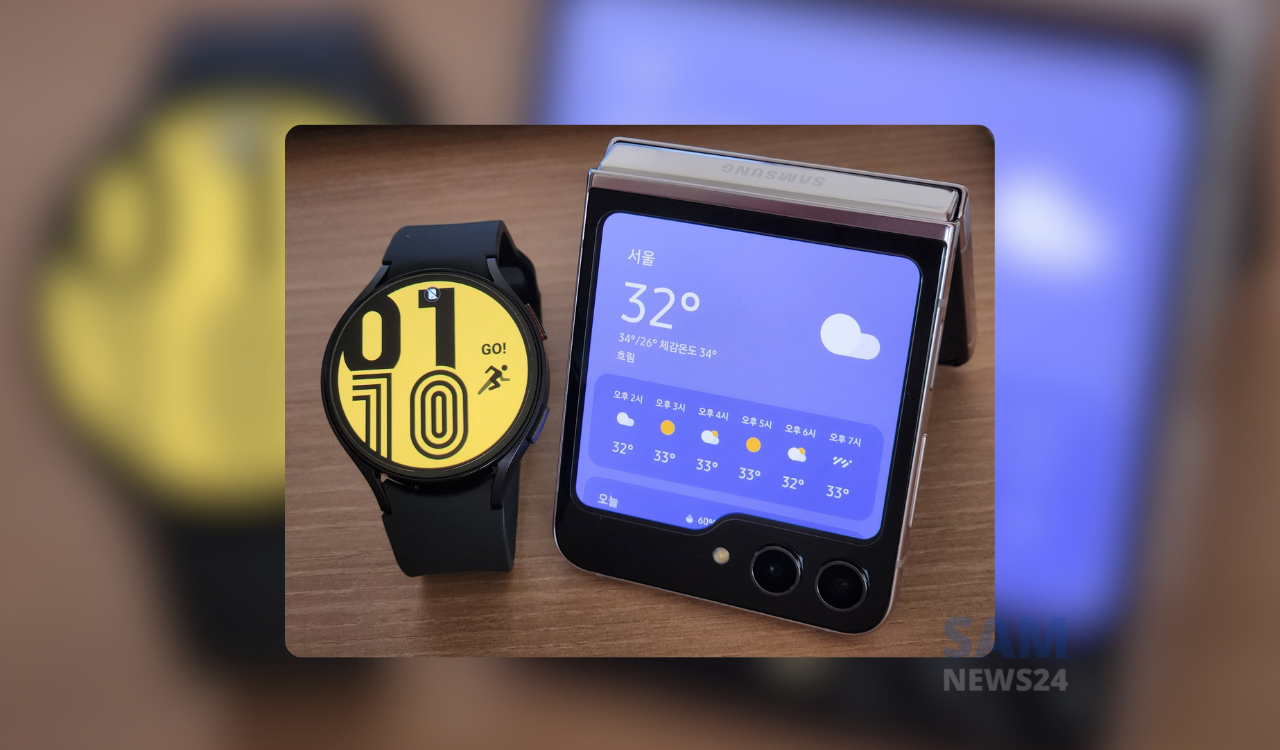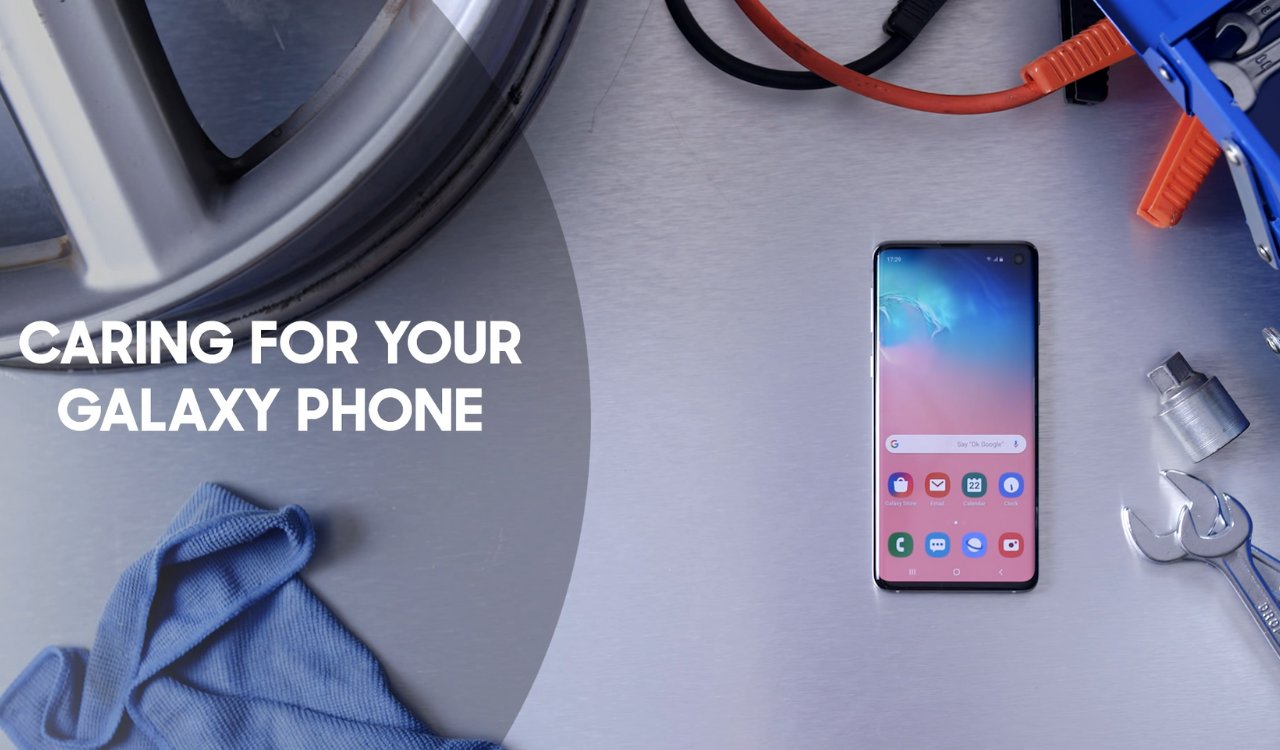At the outset of 2023, the three biggest Korean battery makers have been voyaging with an increased growth rate with respect to last year. In the interim, since Chinese companies demonstrate outburst growth, the LG Energy solution was settled down to the third place.
As per SNE Research recently on March 30. The total number of electric vehicle batteries (EVs, PHEVs, and HEVs) that have been registered to use around the globe in January and February reached about 75.2-gigawatt hours (GWh). Comparatively a 39.0 percent increase from the previous year.
While the utilization of LG Energy Solution’s batteries raised by 51.9 percent as compared to the same period of the previous year. As per industry analysts, it is been said that LG Energy Solutions are greatly influenced by higher sales of Tesla, Ford, and Volkswagen vehicles powered by batteries from LG Energy Solution respectively.
LG Energy Solutions outperform China’s CATL. This ranks first worldwide, the effective use of CATL’s batteries in January and February records at 25.5 GWh. This has been a year-on-year increase of 34.0 percent. Also, CATL’s market share was calculated at 33.9 percent respectively.
LG Energy Solutions came to third place
Although China’s BYD acquires the second position, it records an amazing growth rate which is significantly double. Credit goes to its rapid sales in the Chinese market. Moving ahead, LG Energy Solutions came to third place with a market share of 13.3 percent. talking about BYD’s battery usage in January and February of this year, it hits 13.7 GWh. Noticeably, it is up by 122.6 percent from the same period last year.
Samsung SDI depicts a growth rate of 57.2 percent. While its battery utilization in January and February was 3.7 GWh. This holds the 6th, and SK stood at 5th place with respect to the growth rate.
In particular, the three Korean battery makers’ aggregate market share records at 23.7 percent. This is down by 0.2 percent as compared to the same tenure in 2022. Panasonic of Japan holds fourth with a market share of 5.5 percent. Its battery usage in January and February records 4.1 GWh, up 47.6 percent from the same period of last year.
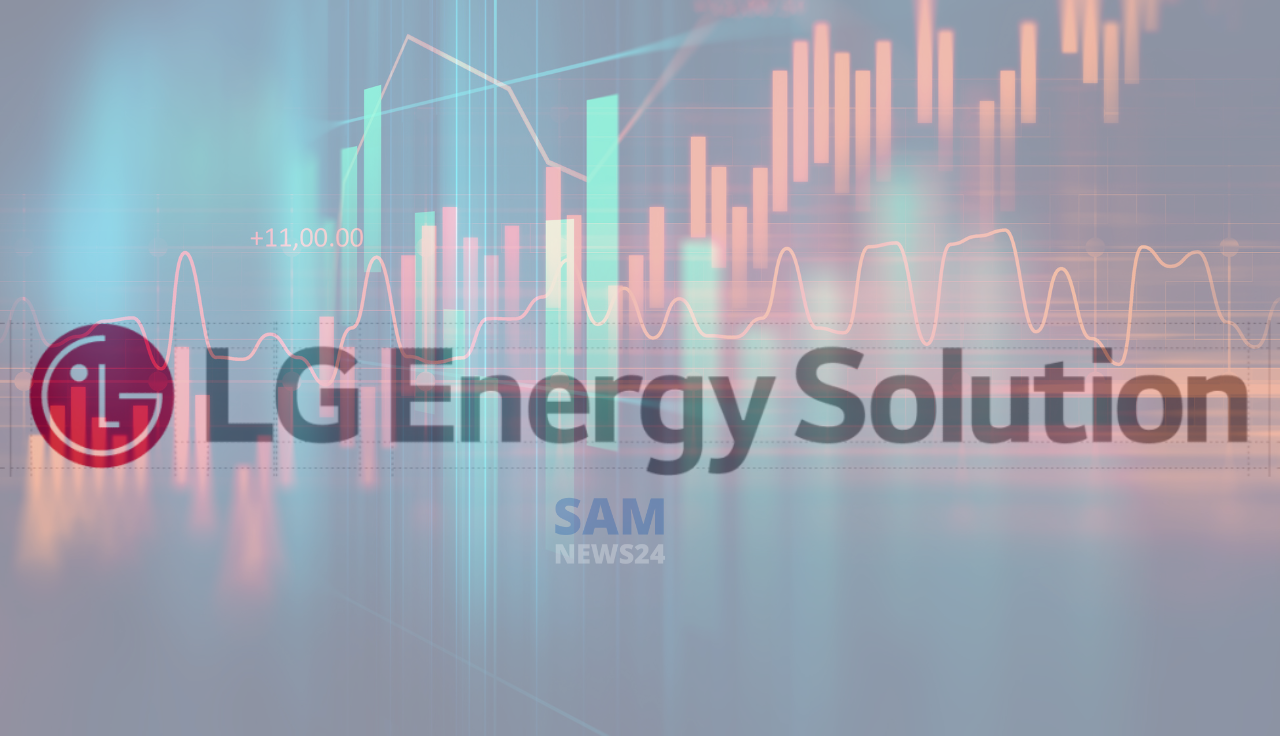
FOLLOW US ON SOCIAL MEDIA – Telegram, Twitter, Facebook, & Google News.













